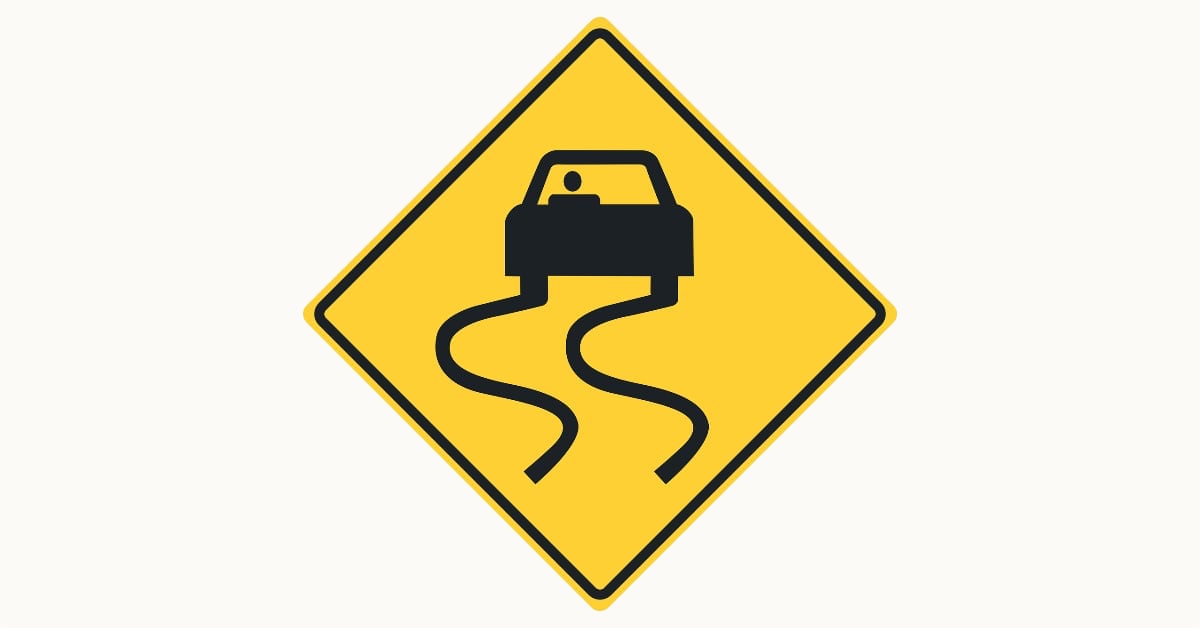today’s fable of why ice is slippery
When the rubber hits the road … it takes hold. Good tires grip, which is to say they have a lot of friction against pavement. Liquids, less so; that which flows has less friction than solids.
Oil, for instance, can make a surface slick. So can rain. That’s important since ice can’t take much pressure. It melts.
When it’s stone-cold out, ice is like pavement and it can be too cold to skate. Usually though, standing on ice turns a thin layer into water—and water is slick, like oil on a highway.
So walking on ice is walking on water, without the sinking part. That’s why ice can turn a sidewalk into a slide-walk. It’s slippery when wet.



